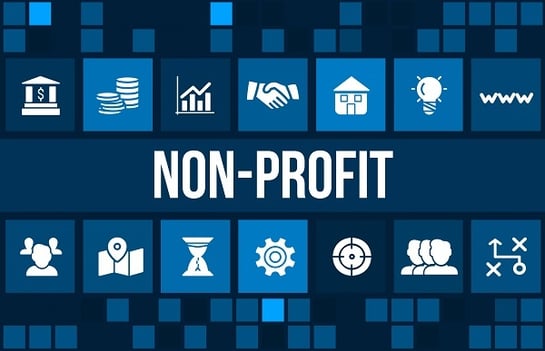
In 2016, the Financial Accounting Standards Board (FASB) published Accounting Standards Update (ASU) No. 2016-14, "Not-for-Profit Entities (Topic 958): Presentation of Financial Statements of Not-for-Profit Entities." This document mandates changes to non-profit financial statements. Organizations are encouraged to learn more about these new requirements and even consider early adoption. Even if an agency decides against early implementation, fiscal and management staff should review the ASU and identify decisions to be made and bookkeeping changes necessary for compliance.
Overview of New Financial Reporting Rules
The FASB and Its ASU: The FASB issues accounting standards for nonprofit organizations to improve uniformity across the country in the ways nonprofits report different types of revenue, categorize costs and distinguish expenses. For more than 20 years, one set of standards was used for financial reporting. In August 2016, the FASB issued ASU 2016-14, which details changes in guidance.
Who Is Affected: All nonprofit organizations that follow Generally Accepted Accounting Principles (GAAP) or are required to complete an independent audit are impacted. Essentially, any nonprofit with audited financial statements must follow the new rules regarding presentation of these statements. Not-for-profit entities include charities, foundations, institutions of higher education, health care providers, religious organizations, associations and more.
Deadline to Comply: Implementation of these new requirements is not mandatory until the fiscal year after December 15, 2017. For calendar year organizations, implementation is required for calendar 2018. For fiscal year organizations that end on June 30, the fiscal year beginning July 1, 2018, is the first required year.
Purpose of New Financial Reporting Model: The overarching purpose of these changes is to present a more useful report of a nonprofit's financial position that is more transparent, more consistent across organizations and more accurate in the story it relates. More specifically the goals include the intent to:
- Simplify net assets
- Better explain cash available and liquidity
- Ensure consistency in reporting investments
- Clarify statement of cash flows options
Specific Changes in Accounting Standards and Financial Statements
Organizations will need to review existing policies and practices in place that address the following topics. Management must assess whether current accounting systems adequately capture the required information.
Net Assets
Nonprofit organizations will need to report two types of net assets on their statement of activities: net assets with donor restrictions and net assets without donor restrictions. This is a change from the current unrestricted, temporarily restricted and permanently restricted categories. Organizations will need to track expirations of any donor-imposed restrictions, limitations on resources' use and additional details.
Endowments
Accounting staff needs to be sure the currently used bookkeeping tool captures all required activity relating to endowment funds and reconciliation of beginning and ending balances, specifically investment return, contributions, amounts appropriated for expenditure and reclassification of net assets. Underwater endowment funds will require supporting schedules that itemize the initial gift amount, current fair value and calculated difference.
Classification of Expenses
Your accounting system will need to track expenses by both natural and functional classifications and presented together. Organizations must be sure to have policies about allocation methods and document the basis for these allocations. Natural expense classifications are grouped according to the kinds of economic benefits received in incurring the expenses. Common examples are salaries, rent and utilities, depreciation and supplies. Functional expense classification groups expenses according to the costs' purpose. For nonprofits, the primary functional expenses are program services and support services, which includes management and general overhead as well as fundraising costs.
Investment Return
Investment return will be reported net of related external and direct internal investment expenses.
Liquidity
Additional disclosures will be required to communicate the availability of current assets to meet near-term cash needs and general expenditures.
Statement of Cash Flows
Organizations will still have the choice of using either the direct or indirect method; however, they no longer will be required to disclose the indirect method reconciliation when using the direct method.
As a non-profit you still have time to adopt these new financial reporting requirements. We strongly encourage that you become familiar and even consider early adoption before the deadline. Even if an agency decides against early implementation, fiscal and management staff should review the ASU and identify decisions to be made and bookkeeping changes necessary for compliance.














